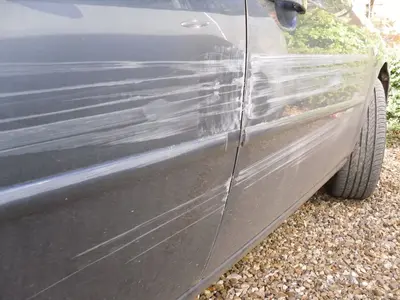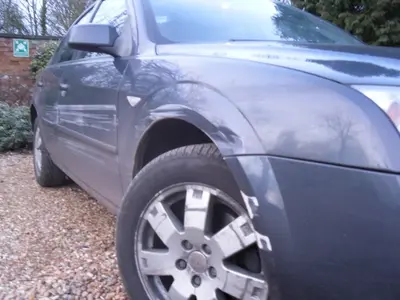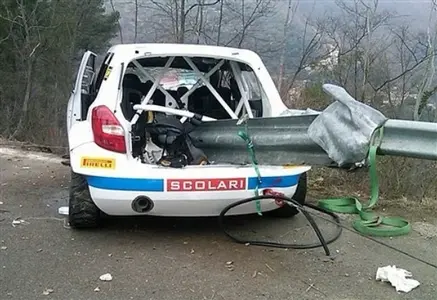I'm tempted to retract, or at least modify, my comments from the Desert Circuits thread but I would hope it was reasonably clear that punishing an 'off' doesn't have to mean an injury is involved. What this accident does highlight is the incredible differences between the hazards and risks an F1 driver faces and those in WRC. The call (Bernie's call) for more and more street circuits should be carefully considered.
I don't think you need to necessarily retract comments. This was a freak accident, just as the Massa accident last year was too. The accident itself I'm sure wasn't that bad, for the co-driver to walk away scot free, but the car floor is not going to be designed for steel beams connecting with them, perpendicular to the floor! and unless an investigation raises queries over the barrier prior to the crash, I'm sure this was very very circumstantial and very very unfortunate for Rob to have been injured like this. I'd be willing to bet you could have had that accident 100 times and walk away every time with nothing but a bruised ego.
Very very unfortunate for him and good to hear that the most worrying reports about him are now damping down a little...
 )
)



